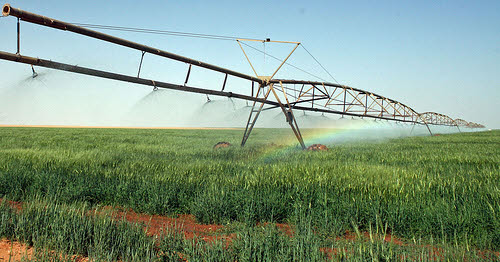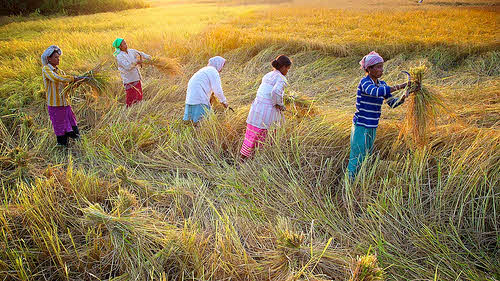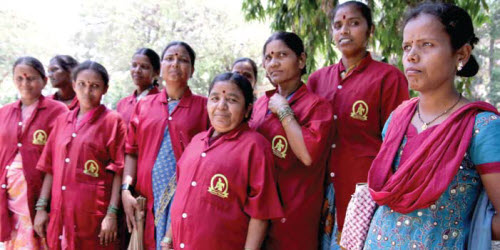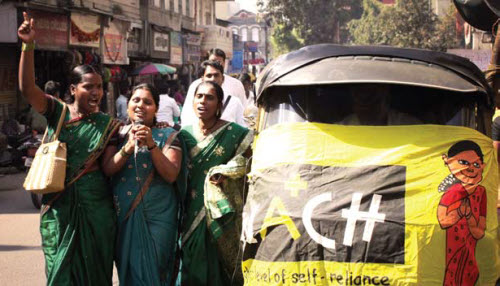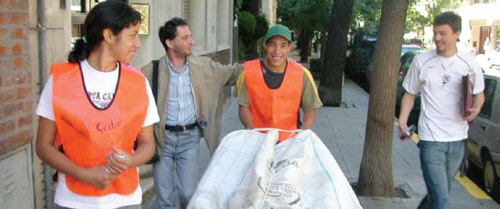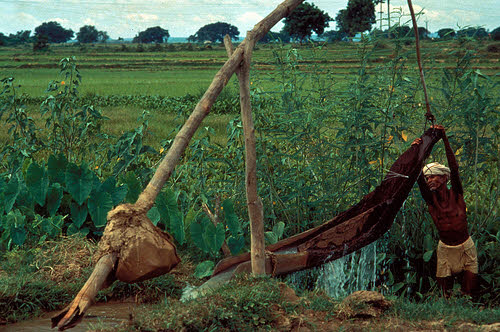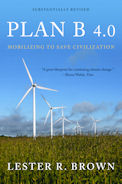By Lester R. Brown When German chemist Justus von Liebig demonstrated in 1847 that the major nutrients that plants removed from the soil could be applied in mineral form, he [ … ]
Tag: india
India’s Dangerous ‘Food Bubble’
India is now the world’s third-largest grain producer after China and the United States. The adoption of higher-yielding crop varieties and the spread of irrigation have led to this remarkable tripling of output since the early 1960s. Unfortunately, a growing share of the water that irrigates three-fifths of India’s grain harvest is coming from wells that are starting to go dry. This sets the stage for a major disruption in food supplies for India’s growing population.
Five Environmental Lessons We Can Learn from Buddhist Monks
My friend Julia recently visited Buddhist monasteries in Nepal and India and was deeply touched by the Tibetan Monks there. Living on less than a dollar a day, the monks she met were models of spiritual humility, happiness and simplicity. She came back from Nepal and the monastery full of life, and more dedicated than ever to service, simplicity, and meditation. In our discussions afterward, we reflected on the following 5 eco-themed lessons we could learn from the Buddhist monks.
Toward Zero Waste: Waste Pickers Running Biogas Plants in Mumbai, India
In Mumbai, India, a zero waste plan also supports the economic empowerment of impoverished women “waste pickers.” This program also makes innovative use of biogas production facilities in dealing with organic wastes.
On the Environmental Frontlines: Waste Pickers
Over the last 20 years, waste pickers— workers in the informal economy who recover recyclable materials from trash—in Pune, a city in the state of Maharashtra, India have transformed both their city’s municipal waste management system and their own lives.
Beyond Recycling: On the Road to Zero Waste
Zero waste strategies help societies to produce and consume goods while respecting ecological limits and the rights of communities. The strategies ensure that all discarded materials are safely and sustainably returned to nature or to manufacturing in place of raw materials. In a zero waste approach, waste management is not left only to politicians and technical experts; rather, everyone impacted—from residents of wealthy neighborhoods to the public, private, and informal sector workers who handle waste—has a voice.
2012 Dell Challenge Winners Tackle Distribution of Appropriate Technology
Product distribution ain’t sexy, but it’s critical. Dell Social Innovation Challenge winners Essmart has developed a system for ensuring that necessary products are distributed to the communities that need them most.
Fukushima Meltdown Hastens Decline of Nuclear Power
With the world’s fleet of reactors aging, and with new plants suffering construction delays and cost increases, it is possible that world nuclear electricity generation has peaked and begun a long-term decline.
Global Wind Power Climbs to New Record in 2011
Wind energy developers installed a record 41,000 megawatts of electricity-generating capacity in 2011, bringing the world total to 238,000 megawatts. With more than 80 countries now harnessing the wind, there is enough installed wind power capacity worldwide to meet the residential electricity needs of 380 million people at the European level of consumption.
Learning from China: Why the Existing Economic Model Will Fail
By Lester R. Brown For almost as long as I can remember we have been saying that the United States, with 5 percent of the world’s people, consumes a third [ … ]
Growing Water Deficit Threatening Grain Harvests
By Lester R. Brown Many countries are facing dangerous water shortages. As world demand for food has soared, millions of farmers have drilled too many irrigation wells in efforts [ … ]
Indian Scientists Developing Green Paint from Flowers
If you’ve got a home painting project on tap, you’ve got a number of choices for safer, greener paints: from low or no-VOC versions of traditional products to making your [ … ]
The Population-Poverty Connection
By Lester R. Brown The 21st century began on an inspiring note: the United Nations set a goal of reducing the share of the world’s population living in extreme poverty [ … ]

